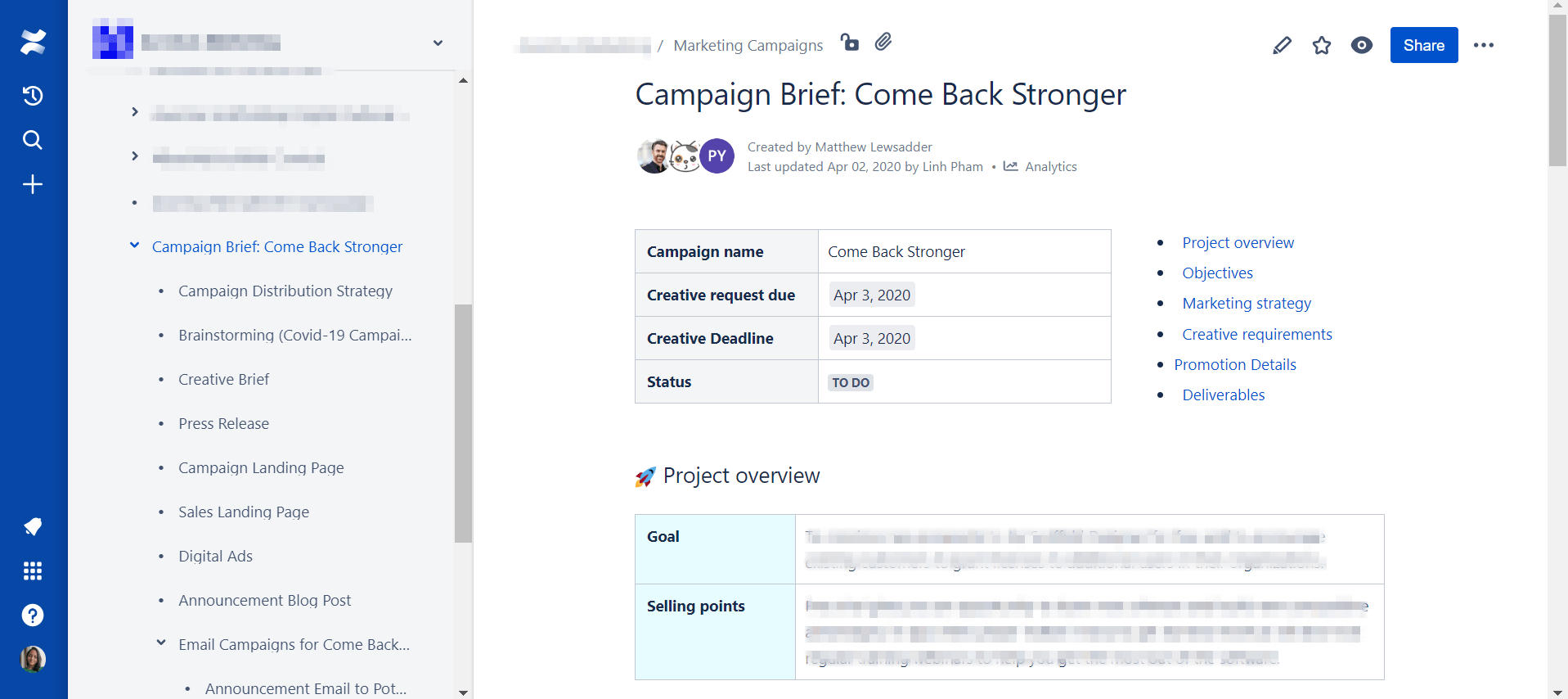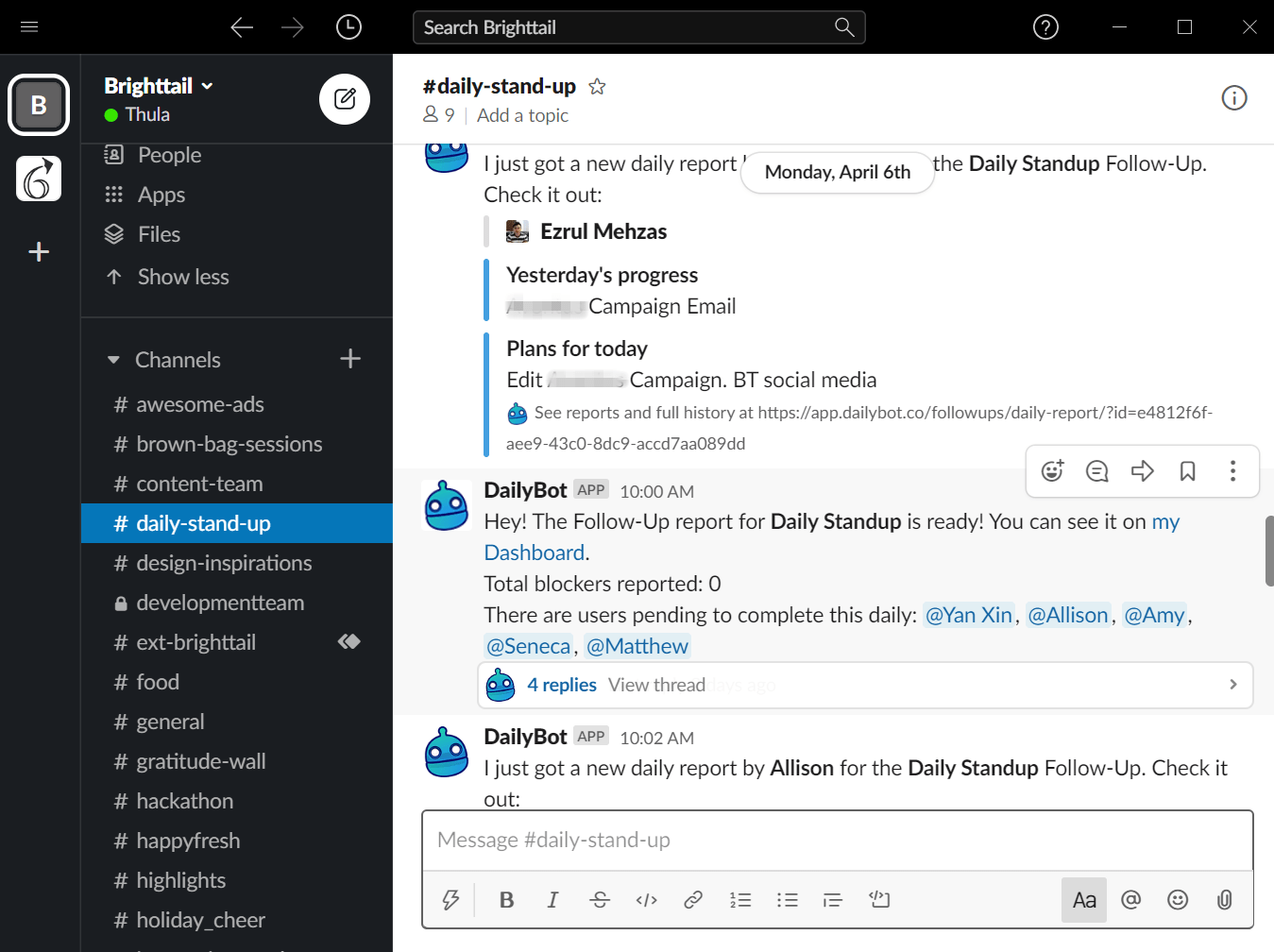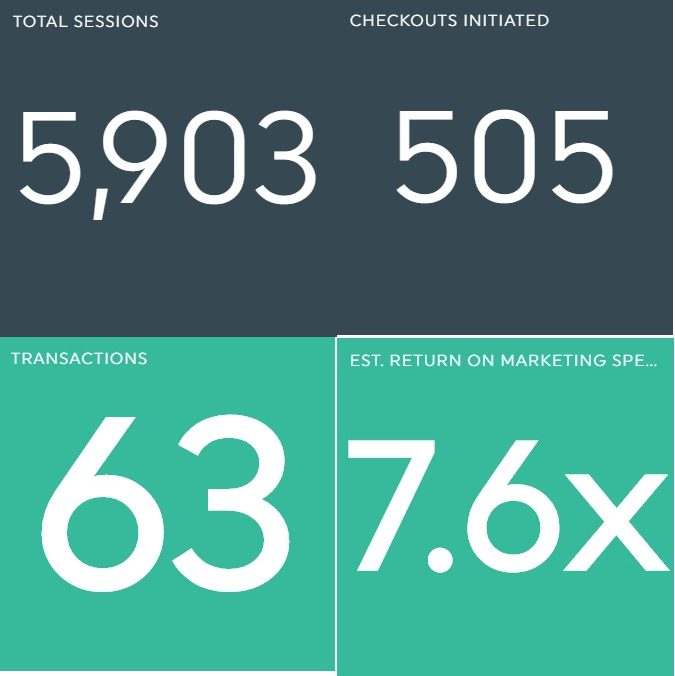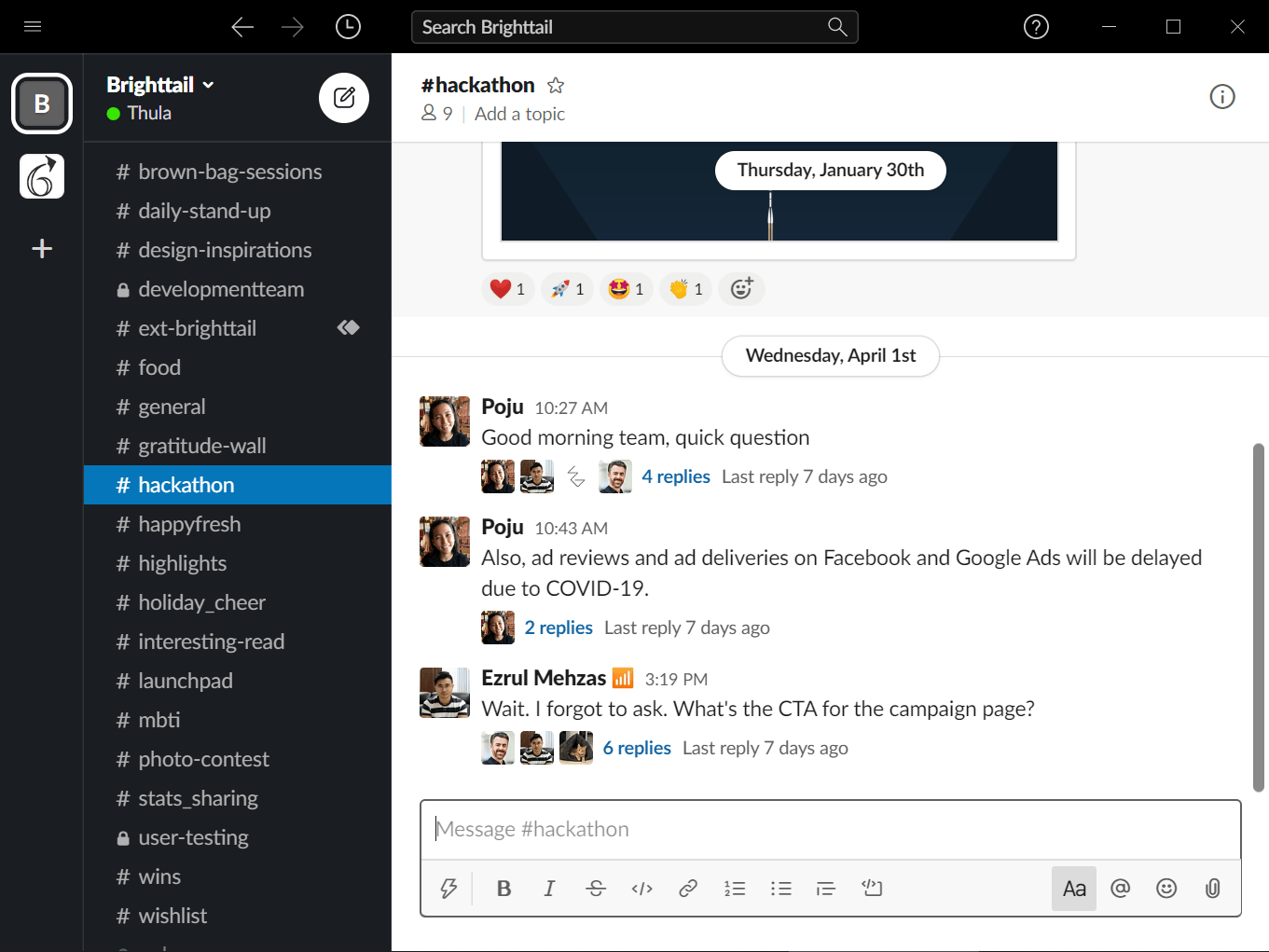If there’s one certain thing about these uncertain times, it’s the need for remote working. The news is inundated with stories of how remote workers are stocking up on home office furniture and conducting virtual meetings on Zoom for continued productivity.
Marketers are no different. Influencers like Google Think, Gartner, and Neil Patel are publishing guide after guide on how to refine marketing messages in-line with current events.
And as expected, marketers everywhere are toiling around the clock to organize and optimize campaigns accordingly. But this is no walk in the park, especially where close collaboration is necessary for success.
Fortunately, there’s a way for suddenly-remote marketing teams to improve productivity and their campaigns.
In today’s blog post, you’ll learn how agile practices can help your team do exactly that.
Continue reading to learn more!
Agile Supports Remote Teams (Yes, Even Marketing)
Agile is an incremental and iterative methodology that was first developed in 2001 to simplify software development.
Its emphasis on meaningful communication guides businesses to welcome change and deliver value fast. Through agile, teams of all shapes and sizes, including geographically dispersed ones, are better equipped to collaborate.
In fact, Atlassian – a leading software company that also champions agile practices – has a fully remote team for one of its products, Jira Service Desk.
Since agile’s culture is all about welcoming changes, what better way to welcome this sudden remote working environment than by adopting agile practices?
The best part is that these practices are flexible enough to be adapted into various verticals, including marketing.
Curious to know how these agile practices can help your remote marketing teams overcome challenges and stay on top of their campaigns?
More on that below.
Read More: Agile Manifesto
From Asynchronized to Synchronized Collaboration
One of the biggest challenges marketing teams face while working remotely is asynchronicity.
In fact, shelter-in-place has exposed how much teams rely on informal face-to-face collaboration like quick chats in the break room and impromptu huddles every day.
Factor in the team’s remote working environment (e.g. different availability hours), and many organizations have realized that they need new ways of collaborating and managing campaign execution.
Below are some lessons we’ve learned while remotely supporting clients across the United States, Europe, and APAC.
Emphasize Team Interaction
To synchronize your teams, take a page out of the agile playbook and emphasize team interaction. When conversation flows, work flows. Teams are able to make better decisions and deliver value faster.
And one of the best ways to achieve this is through collaborative tools. These applications serve as a digital workplace where teams can gather to freely discuss and optimize marketing projects remotely.
Slack is an example of such a tool. It makes interaction across distributed teams that much simpler, whether through direct messaging or open-channel discussions.
At Brighttail, we use Slack every day to communicate with client teams located around the world, as well as our colleagues sitting right next to us.
Keeping Up with Marketing Campaign Updates
Missing out on crucial updates can be the kiss of death for marketing campaigns. Unfortunately, that’s the reality for some remote marketers who’re still using legacy methods.
Imagine trying to collaborate on marketing collateral by sending it back and forth through email, only for your teammate to miss an important email.
Next thing you know, you’re plagued by miscommunication and version-control issues. And now the collateral needs even more corrections, which will probably happen through emails too!
Encourage Transparent Information Sharing
To counter that, encourage transparent information sharing so that teams are on the same page when it comes to project updates.
But remember that this can be a double-edged sword. Too little can impede your team’s work while too much information may turn into noise.
For visible and valuable information sharing, an online wiki will do the trick. It’s basically an information management solution that helps marketing teams to:
- Develop a guiding campaign framework;
- Share marketing campaign updates in real-time; and
- Create an easily accessible single source of truth (SSOT).
Back to our own remote project, we leveraged Confluence and its marketing campaign template to efficiently flesh out a promotional strategy.

We used the Google Drive integration to embed links to content deliverables. As an Atlassian product, Confluence integrates neatly with Jira, enabling us to easily turn tasks into Jira issues.
Features like @mention and comment threads make it easy for us to stay updated with the latest project changes even while working remotely.

Take 10 Minutes to Sync Up with the Team
Want your teams to execute like clockwork? Take 10 minutes a day to ensure that everyone is in sync. Daily standups are one of the practices agile teams use to fuel productivity and innovation.
They’re 10- to 15-minute catch-up sessions conducted in the morning before teams get to work. It’s a good way to inform others of the latest campaign information and potential blockers.
The best part? You can always integrate Slack with an automated stand-up app. This way, no one forgets to report their progress and updates. And all this can be done remotely.

Self-Organizing and Motivated Teams
Think that working remotely means that your employees get to crush campaign goals from the comfort of their beds? That’s not the case. A United Nations study found that people who telework report higher levels of stress.
Your team may find it hard to stay motivated too. Even while working, there are tons of inevitable in-home distractions and personal obligations that can affect productivity and campaign outcomes.
Foster Team Autonomy
This is where agile principles shine (again)! Let your team take ownership of campaign goals, instead of just assigning tasks to them.
After detailing the campaign brief and setting key goals, step back and let the team self-organize and collaborate to accomplish them. Skilled and self-organized team members – with decision-making authority – are then empowered to do their best and deliver quality work.
But how to know if your teams are working towards their goals without any misalignment? Through the daily stand-up, of course.
Of course, having great project management software is key too. A platform like Atlassian Jira will bring greater transparency to your projects, give you a way to visualize and measure delivery, and help your team crush its goals.

Good news for managers (like you), you’ll spend less time organizing chaos and more time brainstorming innovative marketing initiatives!
Optimizing Campaign Performance
Digital marketing is a fast-paced, competitive world. And consumers are notoriously fickle. Success today depends on how fast you can adapt to customer needs and seize market opportunities.
Enter agile. According to an AgileSherpas study, 53% of the respondents cited that agile marketing techniques allowed them to respond to change quickly and effectively.
Deliver Fast and Optimize Faster
Traditionally, teams take months to develop a full-scale campaign, launch it into the market, and then hope for the best. Too often, campaign ideas aren’t validated until the campaign reports out, giving teams little opportunity to respond to market feedback.
Agile marketers improve their success rate by delivering campaigns faster and then quickly responding to market feedback. They do this not by building the campaign faster, but rather by focusing their time and effort into efficiently creating a Minimum Viable Product (MVP).
Adopted from the software development world, an MVP is the smallest version of a “product” that allows you to begin collecting customer feedback to guide your future development efforts.
Instead of one big launch, agile marketers roll out campaigns progressively. This allows them to test messaging in the market and optimize it based on performance data.
We recently took this approach for our client’s campaigns. Before fully developing and scaling the campaign, we launched an MVP comprising a small set of digital ads and a landing page.
From the real-time metrics afforded by HotJar and DashThis, we were able to validate the campaign messaging, test CTAs, and identify friction areas in the checkout workflow. This allowed us to quickly fine-tune the campaign and improve performance based on real-time customer data.

When You Go Remote, Bring Agile Along
By adopting agile practices into your remote marketing process, you can improve team engagement, collaboration, and campaign performance.



